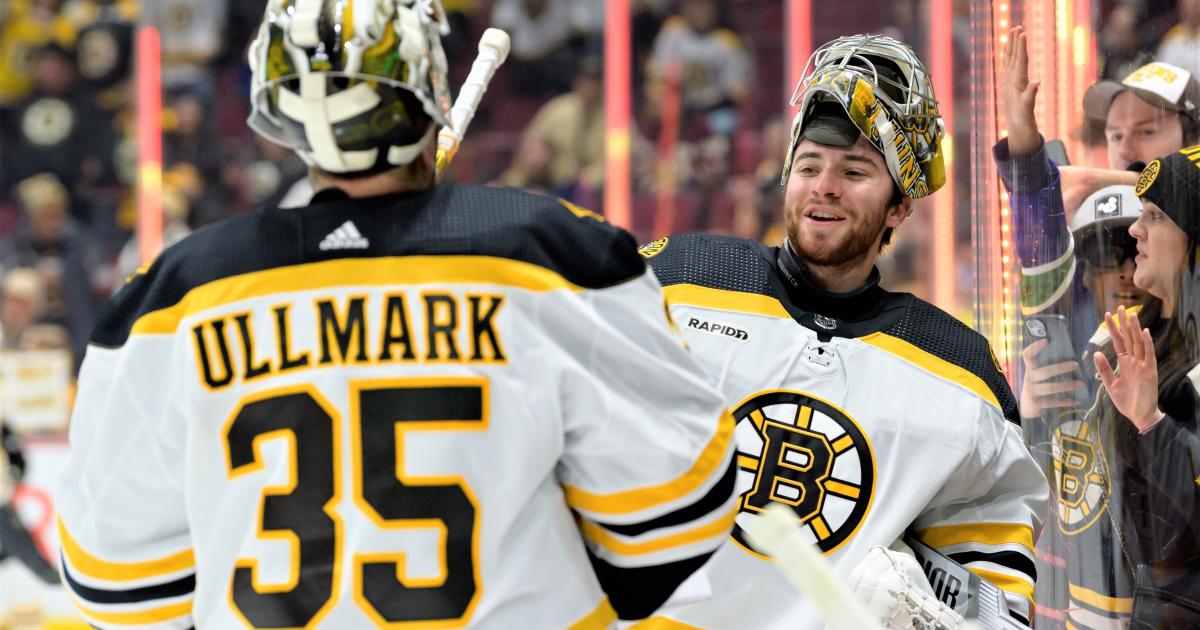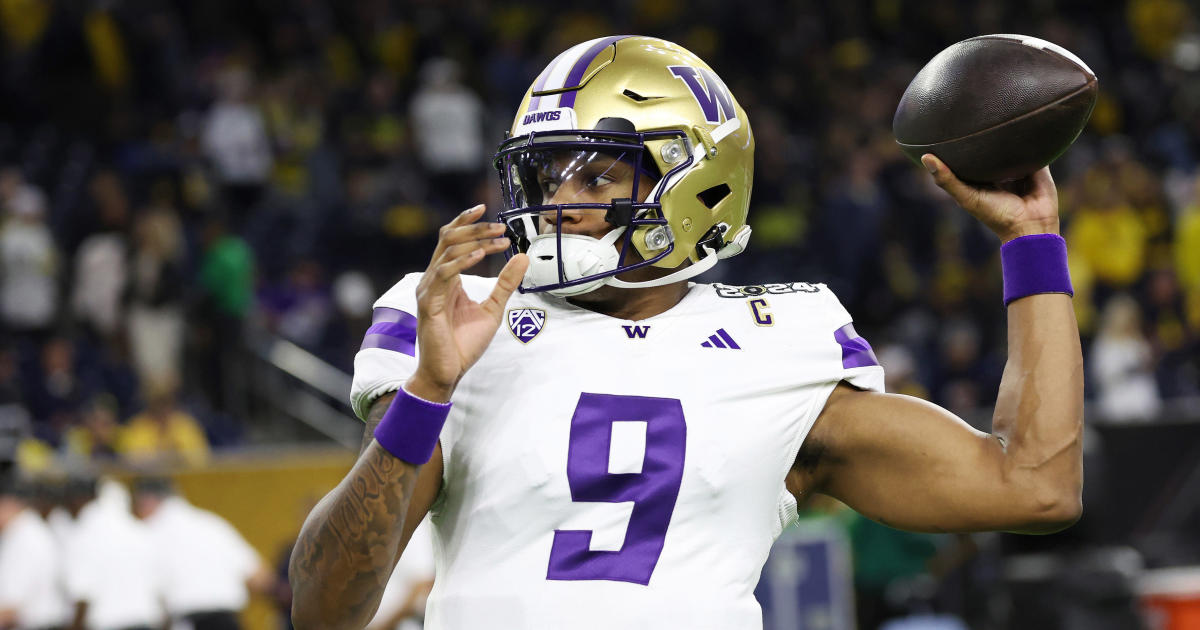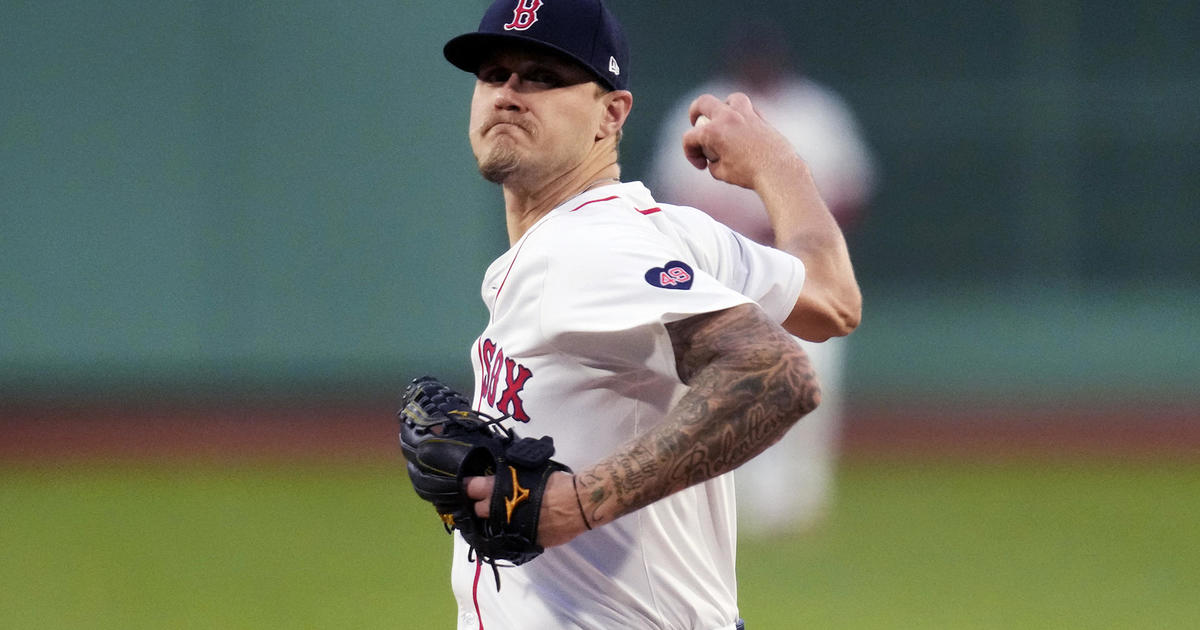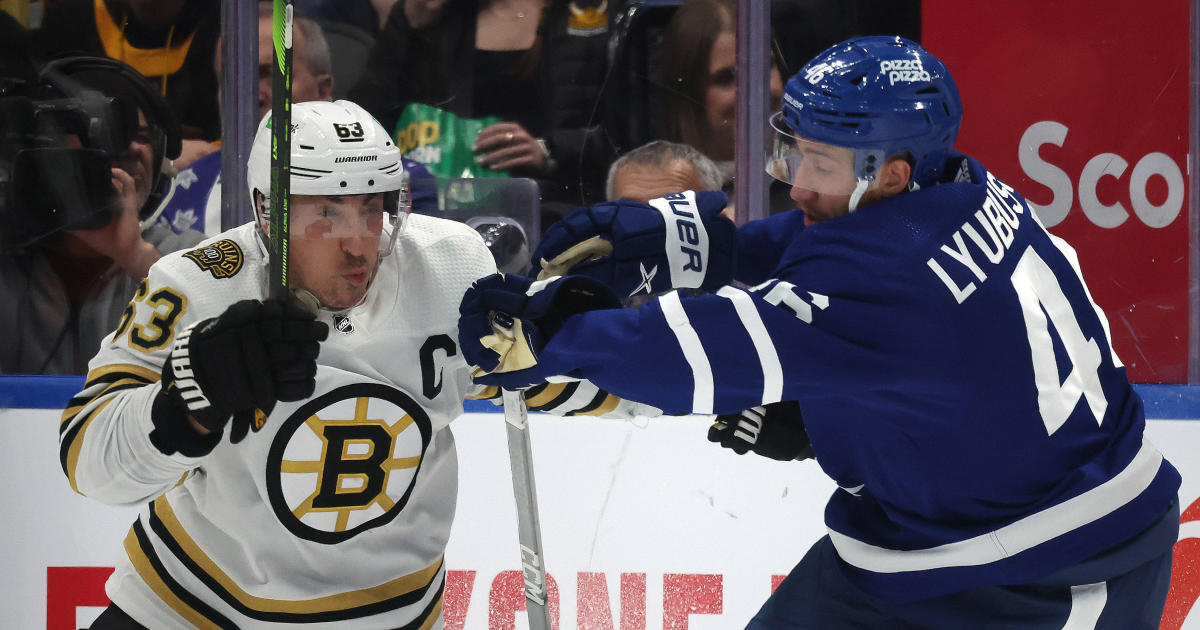Hurley: Can We All Agree To Chill Out With NFL Helmet Rule Hysteria?
By Michael Hurley, CBS Boston
BOSTON (CBS) -- Thursday night in NFL cities across this great country, football stadiums will open their doors to hundreds of thousands of fans who have been starved for football. They'll flood the gates. Millions more will tune in to the local broadcasts of all of these preseason openers, buoyed with the hope that comes from an offseason of roster building. Everyone will be p-u-m-p pumped up for football.
And it's all going to last about three minutes.
Somewhere in the first quarter of just about every one of these preseason games, a flag will fly. The officials will huddle. And rather than the referee announcing some holding or illegal formation penalty that no viewer actually saw, the ref will call a 15-yard penalty for unnecessary roughness. The stadium video boards and the broadcast will show a replay of a hit that looks to all viewers "like a standard football hit." The color commentator -- a football lifer who almost assuredly played in the NFL -- will audibly groan. The play-by-play man will sound perplexed: That's always been a good, hard football hit for as long as I've watched this game. Confusion -- and outrage -- will rule the day.
The next morning, the internet and newspaper columns will be flowing, and the calls will flood the lines on sports talk radio. People are going to be mad. And if last week's Hall of Fame game was any indication of what's to come, they'll be confused.
To be sure, if the NFL ends up fully adopting this new rule banning the lowering of helmets in just about any circumstances, the sport itself is in some trouble. Nobody is arguing against that. But can we all agree that now, during this interminable football month of August, we should just maybe chill out a little bit when these flags start flying?
Here's the thing: As currently written and as currently expected to be enforced, the NFL's new helmet rule is untenable. It simply can't stick. Penalizing every instance of a player lowering his head is just not a plausible tack for the league to take, and the results will be disastrous.
But there are a few points of distinction to be made here.
1. Some hits can and should be eliminated.
When the first flag flew early in the Hall of Fame game, it was on a fairly routine play where a defender lowered his head and dropped a shoulder on a ball carrier who was very clearly well on his way to hitting the turf. Surely, this ball carrier was tackled. The defender -- Baltimore linebacker Patrick Onwuasor -- came over to give an extra shot -- maybe to jar the ball loose, or maybe just to inflict some pain. That has, of course, always been a staple of the sport.
But in this case, it doesn't have to be. And I believe this type of hit is one the game can easily get rid of without marring the sport beyond repair. Take a look:
To me (and we all have our own interpretations of this rule), this is the type of hit that the league wants to eliminate. That's not for plays specifically like this, where the contact (especially when viewed at full speed) is minimal, but rather for plays like last year's Danny Trevathan hit on Davante Adams on Thursday Night Football, where the contact is devastating. The problem with that hit was that it was completely legal, and really, when a completely vulnerable player is legally allowed to be hit in the ear hole by another player's helmet, that's an issue.
Of course, that play ended up drawing a penalty flag, but that was only because the officiating crew reacted to the unresponsive ball carrier lying prone on the middle of the football field. Trevathan ended up getting suspended for it, but again, that was because the play resulted in an unconscious ball carrier. That same hit happens in almost every game, but so long as the player pops up and jogs to the sideline, it almost never results in any penalty whatsoever. (A secondary issue with that play was that, because the hit took place at the 8-yard line, the accompanying penalty cost the Bears a whopping four yards of field position. Finding a solution for personal foul penalties -- and especially unnecessary roughness penalties -- that take place inside the 10-yard line is something worth exploring. Though, given the current helmet rule dilemma, don't hold your breath on the NFL ever being able to pull that one off.)
The point, though, is that when a ball carrier is A) completely vulnerable because he has to hold on to the football and B) already wrapped up or is falling to the turf, then he doesn't need to be hit. Is that going to upset some rah-rah rough 'em up types who get all jacked up on the hyper-violent hits? Sure. But the game can survive just fine without these predatory hits. This would actually represent a positive development for NFL players.
2. The NFL is in the business of public relations, and the more attention this helmet rule draws, the better PR is for the league.
This cannot be stressed enough. All too often, the league makes decisions based on perception instead of what is actually best. And in this case, do you believe the NFL is more intent on making the game safer for players or making the game appear to be safer for players?
If you've paid attention to anything in the past, say, 15 years, then you shouldn't hesitate to answer.
Really, from the NFL's perspective, the more attention this rule gets in the preseason, the better. The league knows that in terms of results and in terms of penalty yards and field position and all of that, the preseason does not matter. It could not matter any less. The preseason exists as a blank canvas for players to exhibit their worth on a roster. Coaches uses it to evaluate individual players in certain situations. You'll never find a coach who's distraught because his team lost The Big Game on Aug. 9. It just doesn't matter.
So if the rules are over-officiated in the preseason? Who honestly cares? And if the die-hard football fans (and, of course, who's watching the preseason other than die-hard fans) get upset about the rule and cause a huge fuss? That's going to lead to the non-ardent followers of the league to hear about it. That's going to lead to the general public at large hearing about it. And for a league that has worked so diligently to deny the brain damage inherent in the sport for so long, do you really think the NFL is going to be unhappy that millions of folks are catching wind of their new dedication to protecting players' heads? Of course not.
That's why, until penalties like this one and this one end up getting called in the second half of the upcoming season leading up to the playoffs, everybody should lay off the panic button. The current stretch of time -- which, admittedly, might linger into the first part of the regular season -- should be considered "message-sending time."
That's happened before in pro sports. When Brendan Shanahan took over as the NHL's chief disciplinarian, he went heavy-handed in handing out punishments during the preseason in his first year on the job. The NHL, of course, was facing criticism for not taking seriously matters involving violent hits to players' heads, and by issuing suspensions to nine different players during the preseason for a total of 60 games. Clearly, the league was cracking down on violence, and the accompanying media coverage reflected that. But once the regular season began, the pace slowed significantly, and the league ended up looking roughly the same as it always had. Violent hits to the head were handled by the league the same way they always had been -- which is to say, with great inconsistency.
Still, that reputation established in the preseason carried through for quite a long time, and it wouldn't be surprising at all to see the NFL following a similar tack. What actually happens in the long term is less of a concern of the NFL. The short-term PR boost for this great safety measure is, however, paramount. The NFL's actions and decision making (not to mention their treatment of the concussion settlement) shows that actual player safety hasn't ever been a real concern. PR, though? That sits as concern Nos. 1, 2, and 3.
The more attention this rule rooted in player safety gets in August, the happier the NFL will be. You can't really stop that, but you also don't have to feed into it.
The bottom line is that you should just give this thing time. Come November, all of this mid-summer hysteria and fury may well be a distant memory, as the sport of football will most likely end up looking just like the game of football you know now.
However, if you insist on being angry about something, might I suggest to you ... the changes to the catch rule. Now there's something that's flying under the radar as a potential disaster for the league this year and beyond. If you want to get in on the ground floor of some rule controversy instead of hopping aboard an already-full bandwagon? The convoluted catch rule is for you.
But that's a story for another day. For now, as the preseason begins in earnest, keep in mind that there's more than meets the eye to the downpour of yellow flags that we're certain to see over the next four weeks.
You can email Michael Hurley or find him on Twitter @michaelFhurley.



